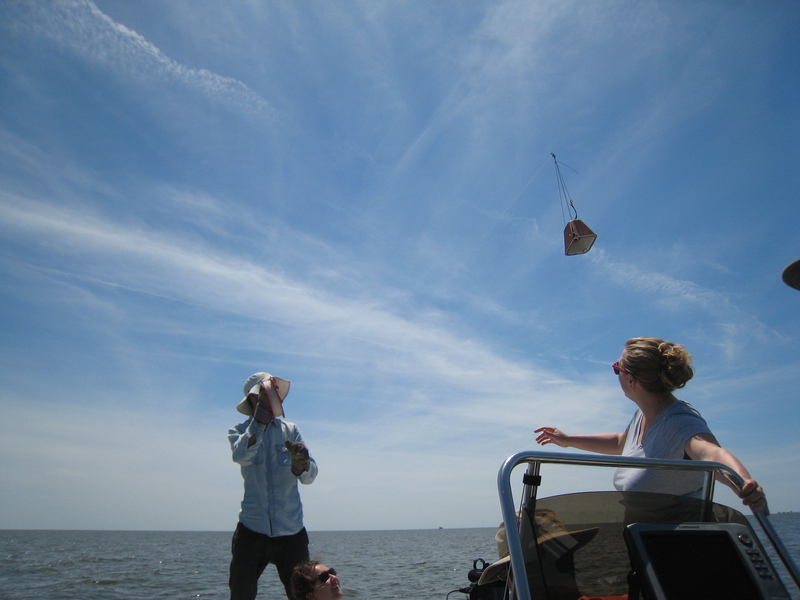
Sandbox
Public Lab near infrared imaging project
The Public Lab near infrared imaging project is an open source community effort to modify consumer cameras to capture near infrared imagery for a range of purposes, including plant health. All open or accessible near infrared imaging hardware and software efforts are welcome here!
Join in by:
- Reading about goals and asking great questions
- Converting a camera using one of our starter kits
- Trying (and critiquing) our community-made how-to guides
- Posting your own how-to guides and mods
- Building on others’ work; hack and remix the kits to refine and expand them
- (proposed?) Submit your improvements for inclusion in an upcoming starter kit release or add-on
- (proposed?) Serve on a Research Review Group for a 3 month period
Experiments
This is a list of community-generated guides for experiments using your near-infrared imaging setup (either a camera you converted yourself with a filter pack, a ready-made near-infrared camera, or double camera setup) toward specific applications. Some may be more reproduced -- or reproducible -- than others. Try them out to build your skills, and help improve them by leaving comments.
Add your guide here Request a guide
Guides should include a materials list and a step-by-step construction guide with photo documentation. See an example.
Hardware Mods
Have you added to your starter kit, improved it, or redesigned it? Show others how to take it to the next level by posting a build guide here:
Title | Author | Time | Difficulty | Status (?) | Goal ----------|----------|----------|----------|----------|----------|
Add your hardware modification here Request a hardware modification
Mods should include a parts list and a step-by-step construction guide with photo documentation. See an example.
Builds
There’s a lot going on in open source spectrometry -- if you’ve developed another open source design you’d like to show others how to construct, post it here!
- Rasberry pi build
- X
- XX
Resources
Starter Kits
Public Lab’s Kits initiative offers several starter kits, including many of the basic components, and instructions for converting your own digital camera to capture near-infrared imagery, as well as a readymade lightweight near-infrared camera. The point of the kits is to provide a shared reference design for building experimental setups onto.
- The Infragram filter pack is our least expensive way to get started with near-infrared imaging, but it does require an afternoon and some technical work to perform the camera conversion yourself. ... etc etc etc
Visit the Infragram DIY filter pack
- The Infragram point and shoot is a Mobius camera that we worked with a factory to modify. ... etc etc etc
Visit the Infragram Point&Shoot page
Comparison to commercial tools
Infrared imagery for agricultural and ecological assessment is usually captured from satellites and planes, and the information is used mainly by large farms, vineyards, and academic research projects. For example, see this illustrated PDF from a commercial imagery provider who has been studying the usefulness of infrared imagery and has quotes from farmers who make use of it. There are public sources of infrared photography for the US available through the Department of Agriculture -- NAIP and Vegscape -- but this imagery is not collected when, as often, or at useable scale for individuals who are managing small plots.